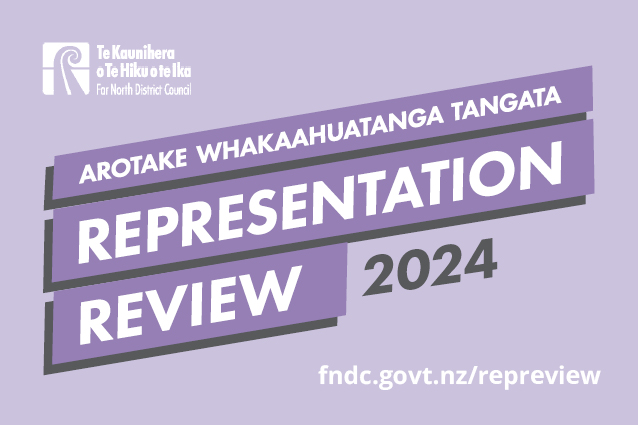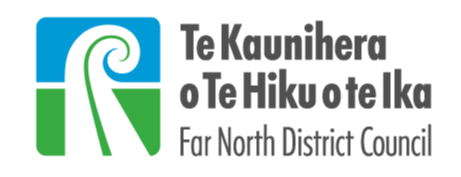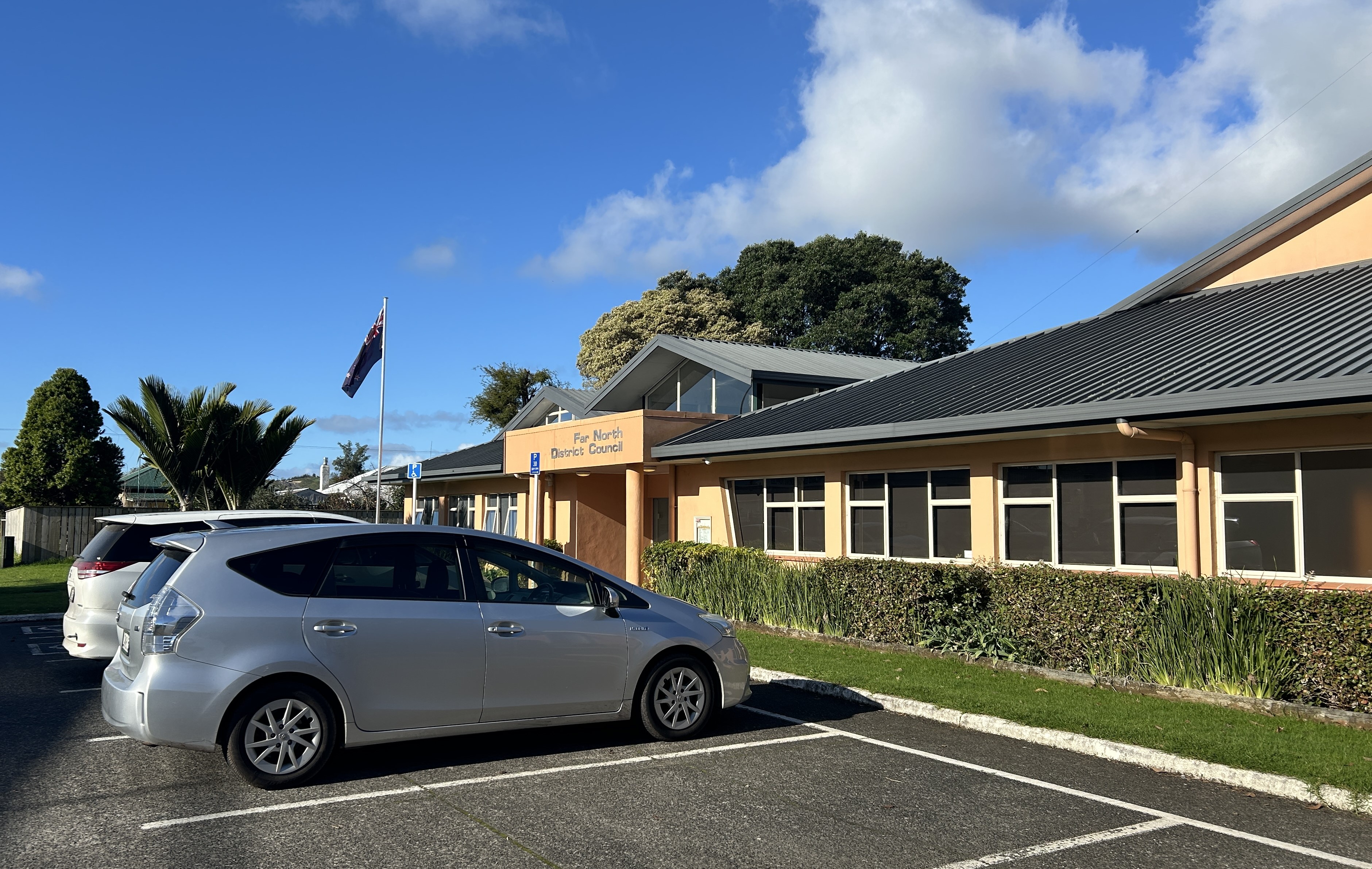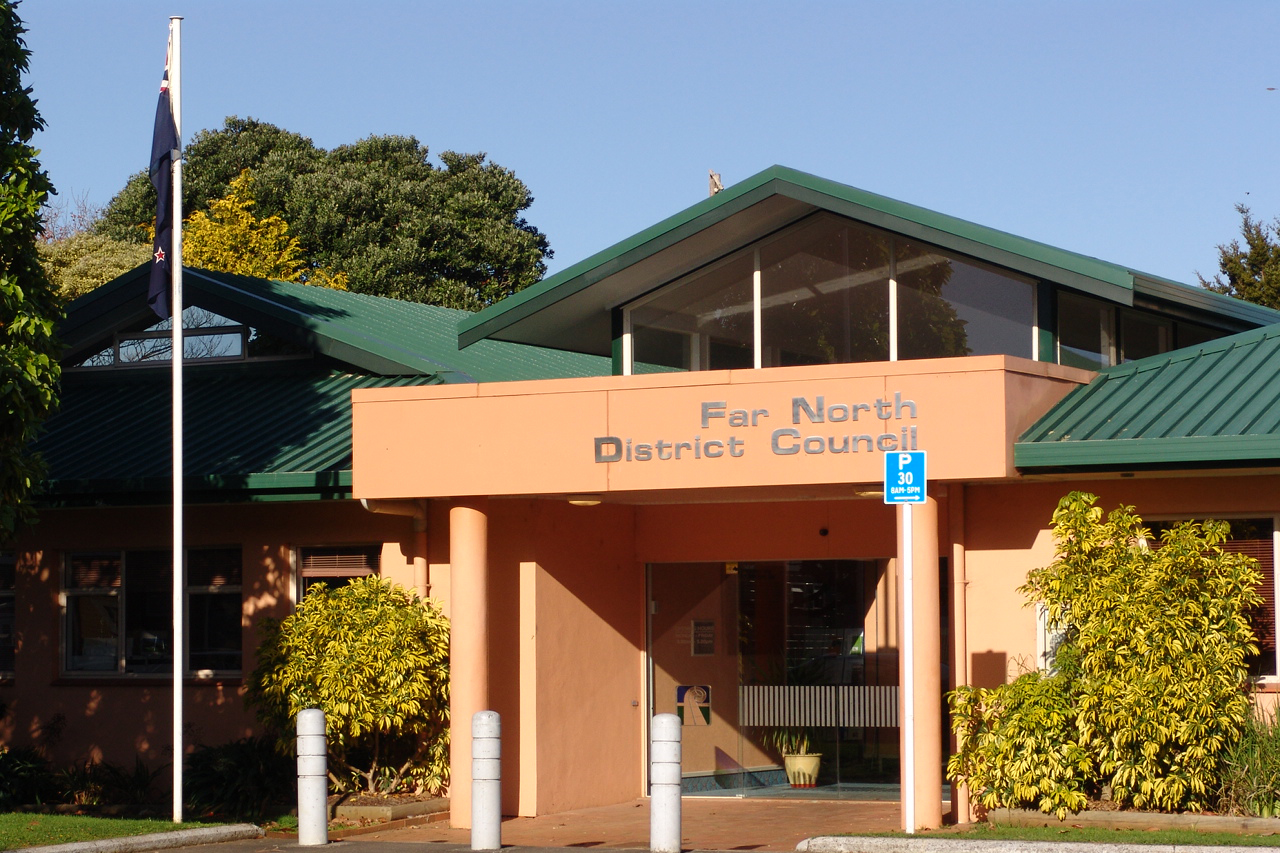Representation Review 2024 - Arotake Whakaahuatanga Tangata 2024

Update: The submission period has now closed. We will update this page as the project progresses.
The council adopted its final proposal on 8 August 2024. You can view the meeting online on our YouTube channel and read the full report online here. The minutes will be confirmed at the next council meeting on 12 September 2024.
The final proposal differs from the initial proposal on one point:
- The name of the Whatuwhiwhi subdivision in the Te Hiku ward remains unchanged.
Read the final proposal
Any person who made a submission on the council’s initial proposal may lodge an appeal against the council’s decision. An appeal must relate to matters raised in that person’s submission. Any person may lodge an objection against the council’s decision. An objection must specify the matters to which it relates.
Appeal/Objection period closed 12 September.
You can also download our print-friendly submission form here and send it to us:
- By email: submissions@fndc.govt.nz
- In person: Drop off the appeal/objection form at any FNDC service centre or library (you can ask our friendly customer service team to print the form for you)
- By mail: ReplyPaid Authority 6124, Representation Review 2024, Far North District Council, Memorial Avenue,
Kaikohe
We must receive your submission by 4pm on 12 September.
Te Arotake Whakaahuatanga Tangata/The Representation Review 2024 is your chance to think about how Far North District Council can represent your community most effectively. Earlier this year, we received feedback from our community about the current representation arrangements for Far North District Council. We asked: Do you feel fairly and effectively represented? Using feedback collected this year, we developed an initial proposal. This leaves the current arrangements largely intact but with the following changes:
- Two councillors appointed to community boards with voting rights
- Changing the name of the Whatuwhiwhi Subdivision of the Te Hiku Community Board to Karikari-Awanui Subdivision.
Review the Initial Proposal page for more information. Submissions on the initial proposal closed on Monday 17 June 2024.
Questions and Answers
Mayor: elected district wide
10 Councillors elected from 4 wards:
- Ngā Tai o Tokerau Māori Ward (four Māori ward councillors elected district-wide)
- Bay of Islands-Whangaroa General Ward (three councillors)
- Kaikohe-Hokianga General Ward (one councillor)
- Te Hiku General Ward (two councillors)
19 Community Board members elected from three subdivided community boards:
- Bay of Islands-Whangaroa Community Board (seven members), made up of:
- Kawakawa-Moerewa Subdivision (one member)
- Kerikeri Subdivision (two members)
- Paihia Subdivision (one member)
- Russell-Ōpua Subdivision (one member)
- Waipapa Subdivision (one member)
- Whangaroa Subdivision (one member)
- Kaikohe-Hokianga Community Board (six members), made up of:
- Kaikohe Subdivision (three member)
- North Hokianga Subdivision (one member)
- South Hokianga Subdivision (two members)
- Te Hiku Community Board (six members), made up of:
- Doubtless Bay Subdivision (one member)
- Kaitāia Subdivision (three members)
- North Cape Subdivision (one member)
- Whatuwhiwhi Subdivision (one member)
The number of councillors and community board members in each ward or subdivision is based on the number of people living in each area. Each elected member should represent a similar number of people. View a list of the current councillors and commuity board members via the links below.
Mayor and Councillors
Bay of Islands-Whangaroa Community Board Members
Kaikohe-Hokianga Community Board Members
Te Hiku Community Board Members
It is your opportunity to help shape our district's democratic arrangements. It is a review of the council’s elected membership and ensures we are providing fair and effective representation to our communities.
The whole Far North District. This includes a review of the total number of councillors; as well as the number of wards, their names, and boundaries; and the number of community boards, their names, and boundaries.
Our last review was in 2021. Every three years we can review the current representation to check it’s working, and that our communities feel fairly and effectively represented.
You! The people you elect are the voice of your community. That voice should represent all people who choose to make the Far North their home and must represent and balance different interests.
After this consultation closes, we'll analyse all your feedback and finalise the proposal for consideration by elected members. Adoption of this proposal is scheduled for August 2024. The updated representation arrangements will be used for the next local body elections in 2025 and stay in effect until the next review.
As part of the review, we must identify the Far North’s communities of interest. Local Government Commission guidelines recognise a community of interest according to three criteria:
- Perceptual: a sense of belonging to a place
- Functional: includes service requirements such as shops and amenities
- Political: ability to represent interests and reconcile conflicts of all members.
These communities may be shaped by physical or topographical features, allowing us to group similar communities together. Communities evolve, so it’s important to recognise these changes.





